Wind farms, conflicts in conservation, and the use of photo identification as a population monitoring technique were amongst the many themes covered at the 2020 Herpetofauna Workers’ Meeting. Running for over 30 years, this popular event attracts ecological consultants, academics, students, and conservation organisations from far and wide. As the weather worsened with the arrival of Storm Dennis, we settled in for a jam-packed two days filled with presentations, workshops, and poster displays.
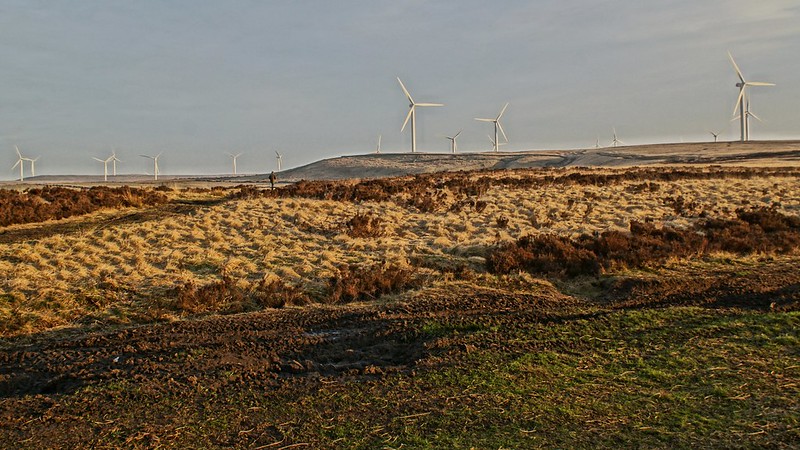
So how is a talk on wind farms relevant at a herpetology conference? Wind farms cover a large expanse of land and, as Jeanette Hall from the Highland Biological Recording Group explained, could provide a conservation opportunity for Adders Vipera berus. Birds of prey are typically the main predator of Adders, but these predators are present in low numbers on wind farms. If managed correctly, wind farms could offer a suitable refuge for Adders. To test this Jeanette and her team used clay snake models to measure avian attack rates both within the wind farm and on a control site roughly a kilometre away. The models were made to roughly the same size as a yearling Adder, and the attacks were recorded by the presence of talon marks on the clay models.
Despite observing raptors in both sites, they found that attack rates were significantly lower on the wind farm. Interestingly, attack rates were higher in areas where grazing sheep were present.
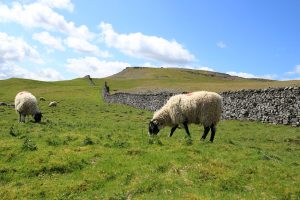
With grazing and habitat management in mind, could these vast areas that wind farms cover offer an opportunity for reptile conservation?
Clay snake models are one simple but effective approach for measuring attack rates. Suzanne Collinson, from the University of Cumbria and the Cumbria Amphibian & Reptile Group, discussed another interesting technique that she used when studying Slow Worms Anguis fragilis. She used photo identification to study the size and dynamics of a Slow Worm population in a churchyard in Dalston, Cumbria. Slow Worms are a UK Biodiversity Action Plan priority species and protected under the Wildlife and Countryside Act 1981 due to their overall decline, therefore this population in the village of Dalston is of great interest, especially to the locals. Due to their morphology and cryptic behaviour, mark and recapture is a difficult method to use to survey Slow Worms. In addition to this, the markings on the neck and chin of a Slow Worm are unique to the individual and so, photo identification could offer a viable monitoring method.
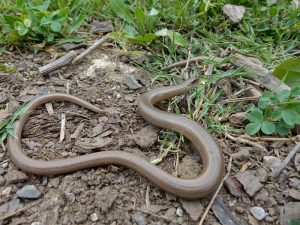
In order to take a photograph of an individual, the Slow Worm would be placed on a clear tray, enabling photographs of the Slow Worm’s ventral surface to be taken quickly. The Slow Worms were found at various shelters or ACO’s (artificial cover objects) that were positioned across the churchyard. Suzanne also measured the body length of each new individual that she photographed and recorded the ambient temperature and the number of ant nests and snails present at the ACO. Suzanne counted 25 individuals in total (the original population estimate was 18) and found that as temperatures increased, Slow Worm encounters decreased. Ending on this note, Suzanne discussed the potential implications of climate change and how future monitoring will be necessary to understand what these future impacts could be on the population.
On both days there was a choice of five different workshops, all on very different topics, that we could take part in. On the first day, we attended ‘Managing habitats for conflicting species’ led by Jim Foster and Andrew Hampson from the Amphibian and Reptile Conservation Trust. Faced with a real-time scenario, we discussed in small groups the potential conflicts that could arise and what approach should be used to move forward – our scenario was based at the dunes of Sefton coast, and focused on the population of Natterjack toads that reside there. This was an interesting opportunity to hear what lessons had been learnt from previous conservation projects and how this knowledge can be used for effective conservation planning in the future.
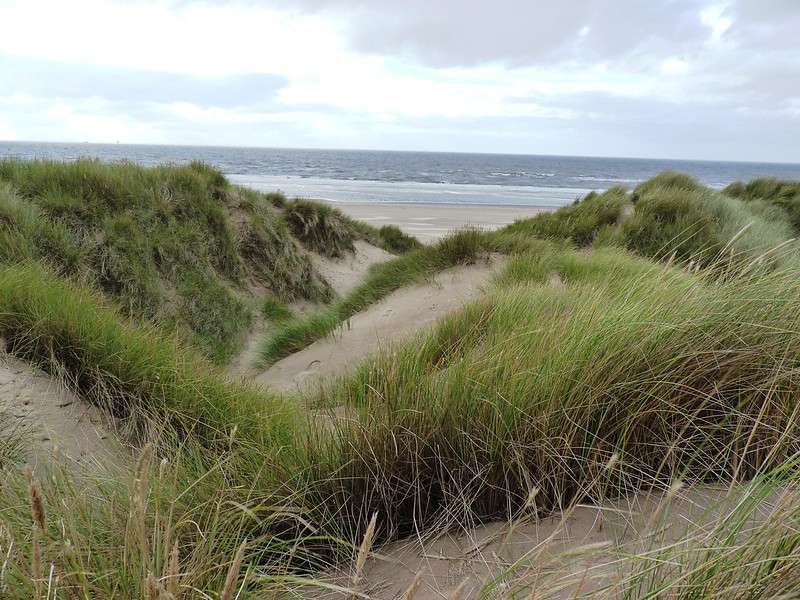
Of course, this is just a snapshot of the range of topics discussed over the duration of the conference. Hearing first hand what organisations such as the Amphibian and Reptile Conservation Trust and Amphibian and Reptile Groups of UK are doing to conserve reptile and amphibian species in the UK, plus the ongoing research on both British species and those of other countries was fascinating.
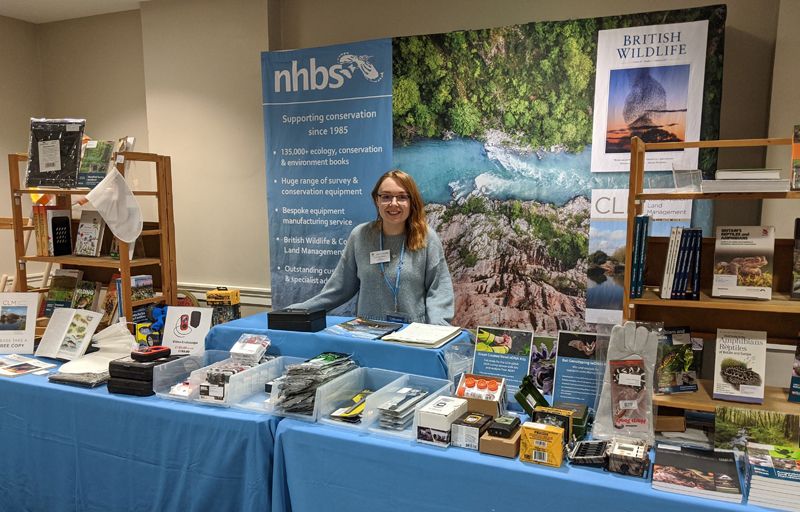
You can visit the NHBS website here to browse our selection of herpetology books, as well as a range of equipment required for the surveying or monitoring of reptiles and amphibians






